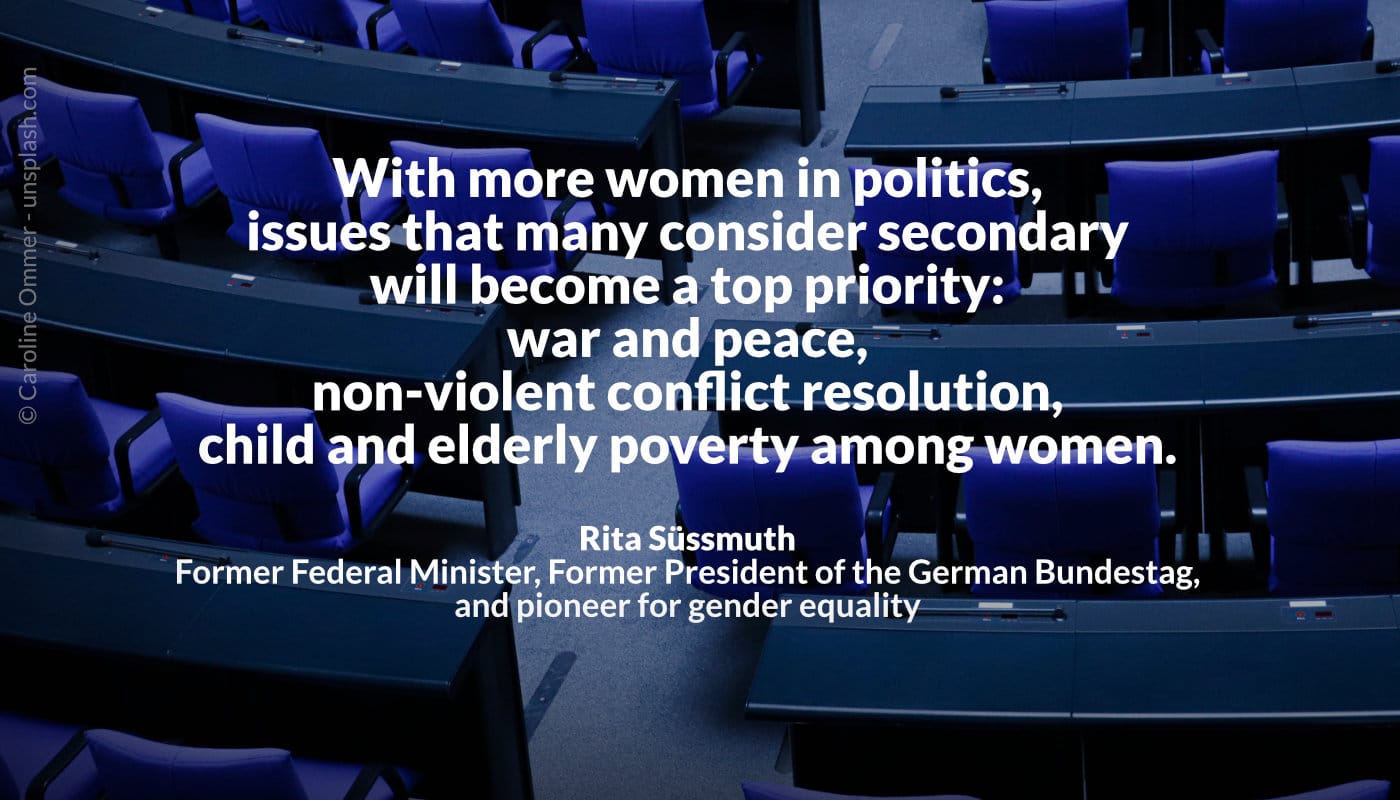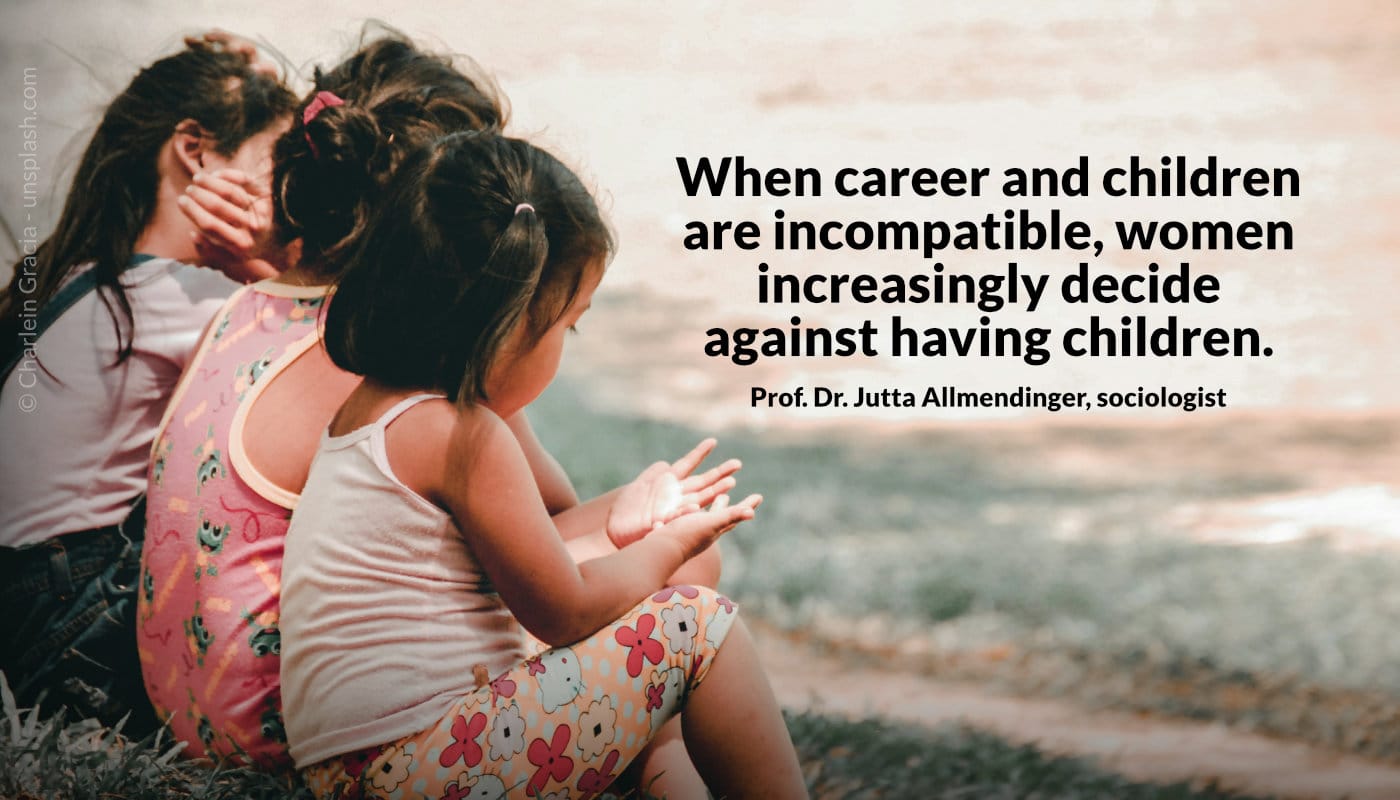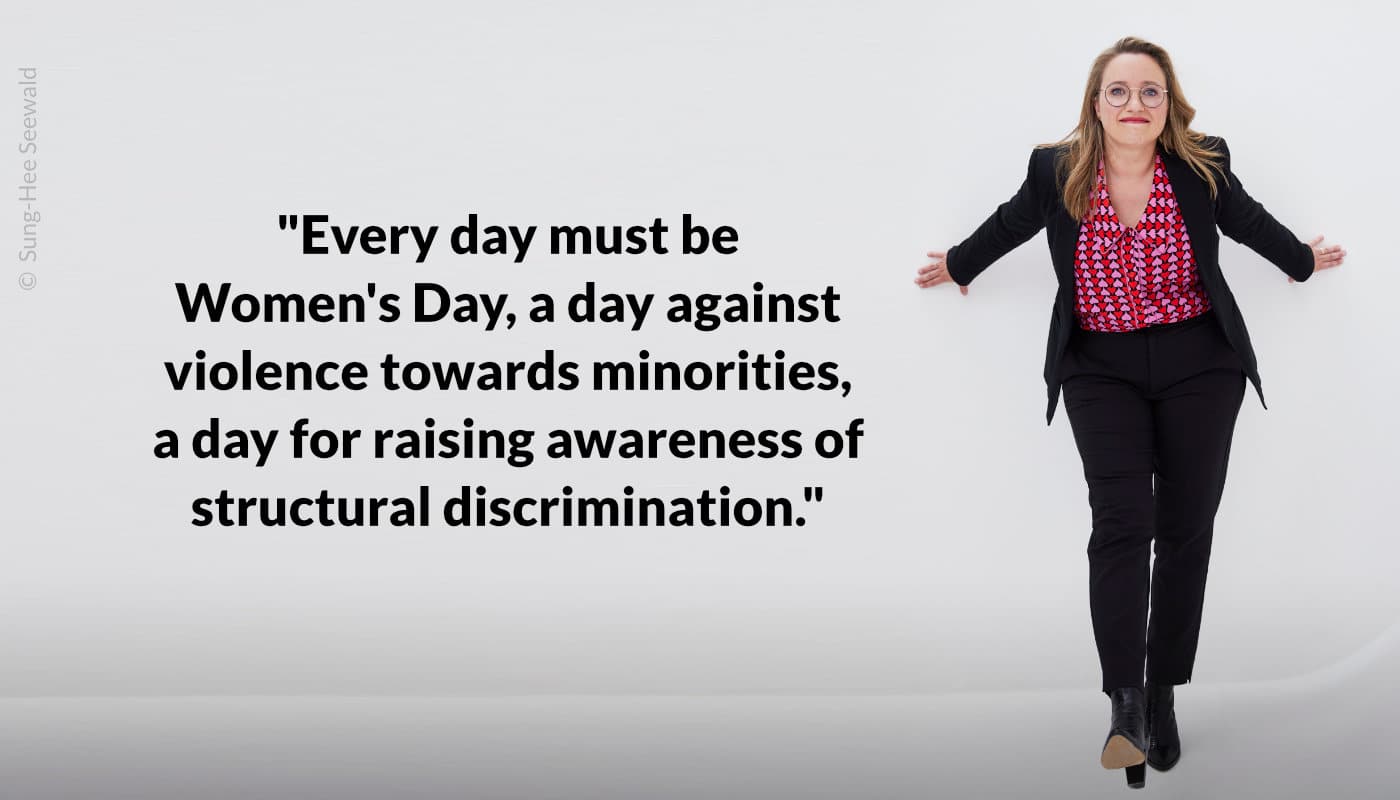“Is it a boy? Then new parents (according to statistics) must prepare for bigger problems. This is what Martin Spiewak writes at ZEIT ONLINE. ‘In their development, boys lag behind girls. They are more likely to suffer from autism, ADHD, or dyslexia’ and have lower school grades.”
There is little concern in this country about the global boys’ crisis. The #GenderEducationGap: hardly known.
“As soon as both genders have the same access to education, women perform better. But why is that?” asks Spiewak.
One reason for the lack of concern about boys’ struggles: the strength of men, because “they still dominate at the top of the hierarchy.” Future men, therefore, don’t need support – in the end, they’ll win anyway.
“But this thinking is flawed. Today’s losers are not tomorrow’s winners. Someone with a poor school record won’t become a DAX executive.” And educational underperformers impose costs on society: fewer tax revenues, higher social spending, more crime.
Moreover, “while young women tend to become more liberal, young men are increasingly leaning to the right. (…) Because they feel like losers of modernization. Because they see that women are overtaking them. Because they see their traditional role being questioned, without finding a replacement.”

Posted by Natascha Hoffner, Founder & CEO of herCAREER, WiWo columnist, LinkedIn TOP Voice 2020, W&V 2019 – 100 Köpfe
published on LinkedIn on 01.10..2024












